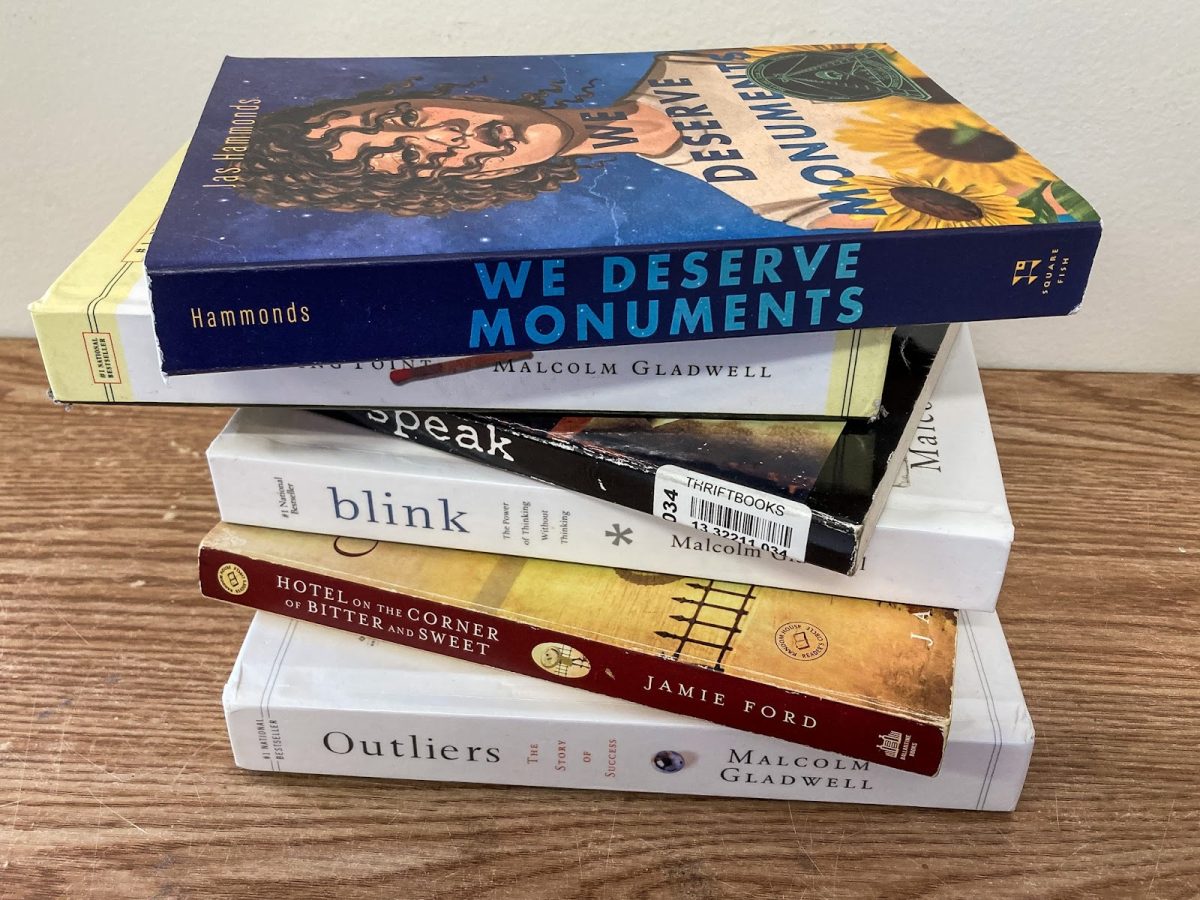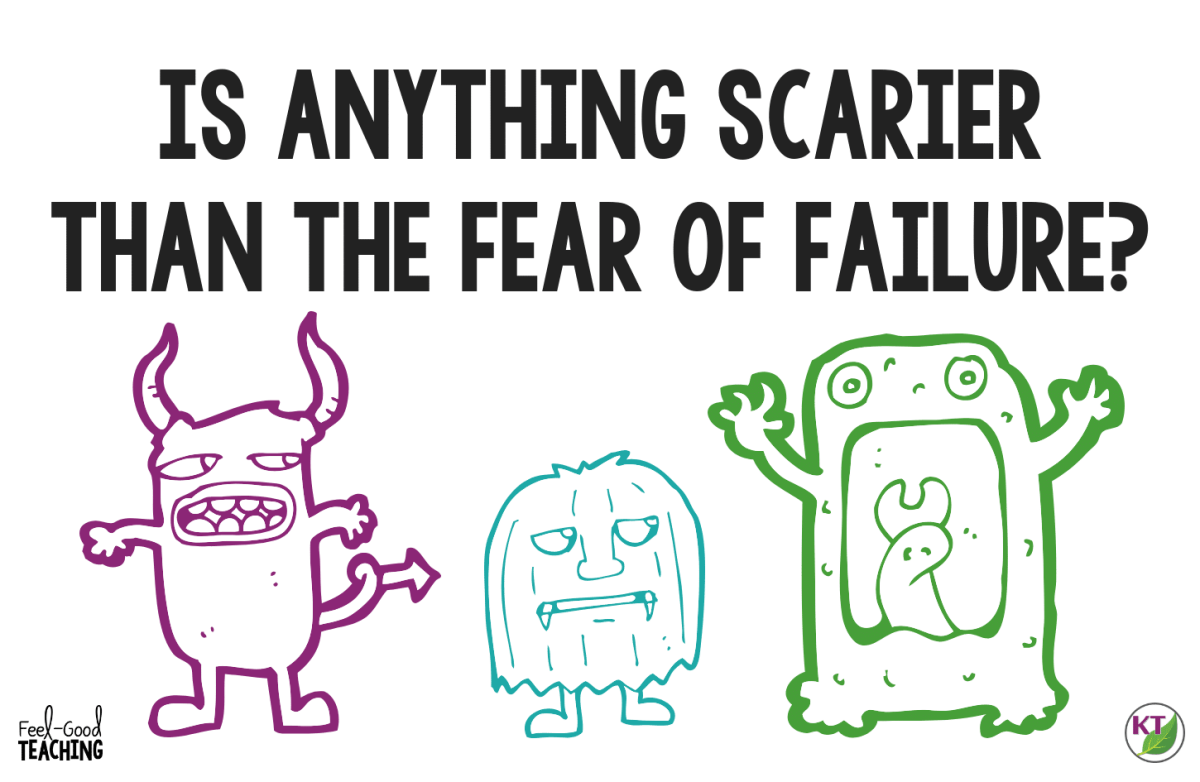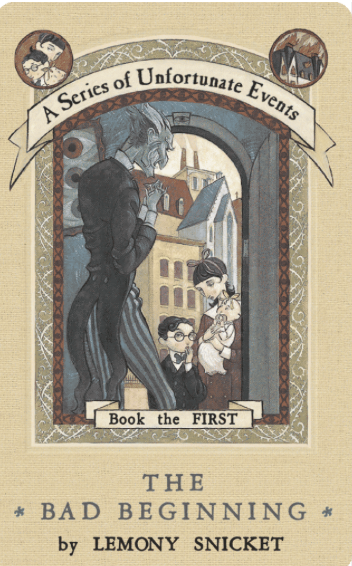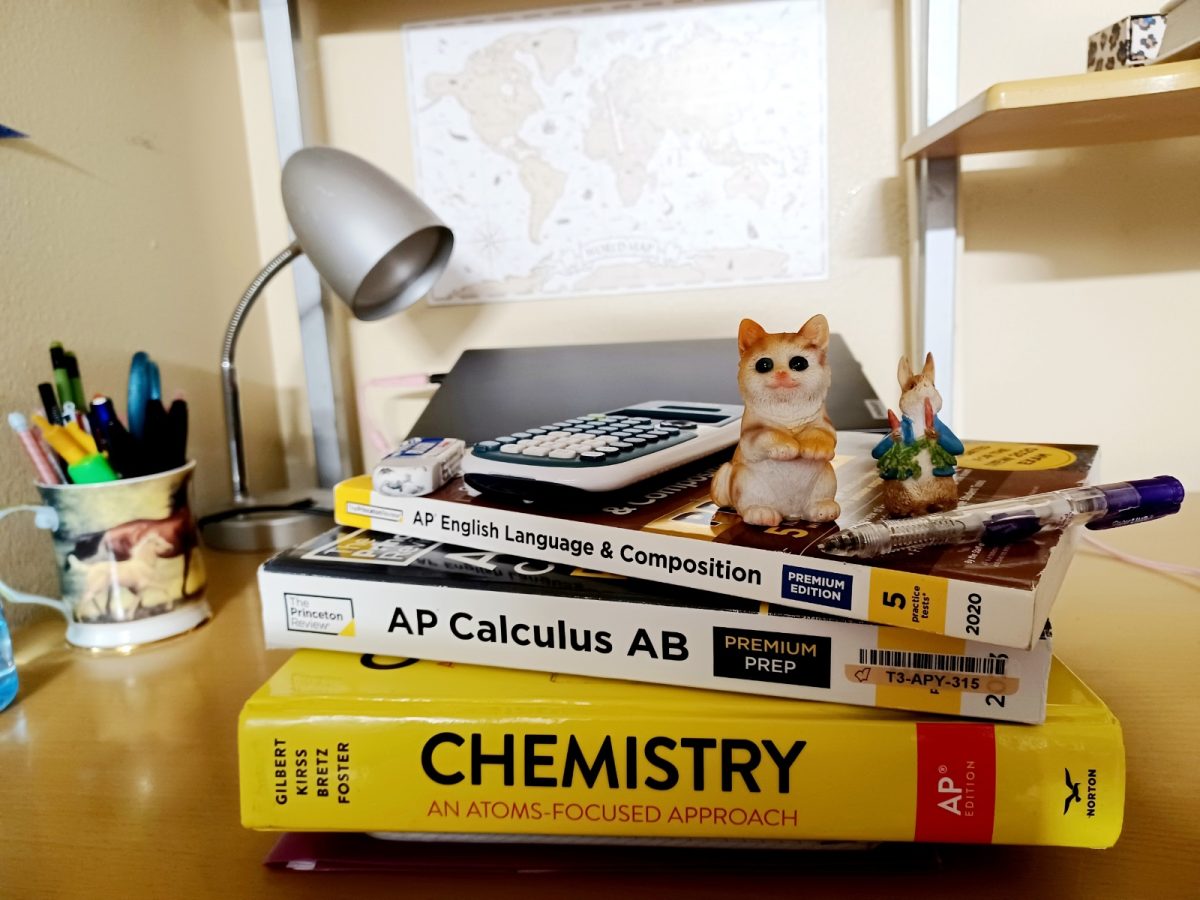To use the common cliche, the ability to “think outside the box” is highly prized as an integral part for the development of independent thinking. Despite this, West High’s educational curriculum seems to place a far greater value on churning out an elusive 6/6 score on timed writes than encouraging the growth of creative writing styles outside the conventional grading system. This begs only one question: where is the essence of creativity amidst a sea of standardized prompts?
The holy trinity of AP English classes is upheld by the 3 pillars of timed write essays— narrative, synthesis and rhetorical analysis assignments are the cornerstones of a student’s grade. As such, creative writing assignments have all but gone extinct in the average high school’s curriculum. The days of writing about fiction have long since disappeared, replaced by piles of poetry analysis assignments; or, better yet, a breakdown analysis for five parts of a school-assigned book the student reader cares little about. While rhetorical analysis, synthesis and other nonfiction topics are key tools in a literary skill set, creative writing serves as an outlet for students to express their true worldviews without the rigid constraints of a factual essay. Writing for Forbes, K-9 grade level teacher Robyn D. Shulman described how the school educational system had merely enforced the stifling of creativity rather than encouraged it: “From standardized tests, meeting State standards, and learning from a curriculum that arrives in a one-size-fits-all box… we have closed doors on passion, imagination, discovery, and problem-solving.”
In a country with more than 17.3 million high schoolers, a standard “one-size-fits-all” model for the average American student is an impractical measurement of their writing style’s development. Although one may be adept at scoring a perfect “6” within a 40-minute mark, they have few opportunities for storytelling through narratives and fictional writing to expand upon the depths of their imagination. Our educational system is not tailored for students to thrive in an environment encouraging individuality— instead, it cramps each student’s writing style to a degree that could almost be called robotic. It is worth noting that this is not by the fault of teachers but rather the Common Core ELA standards they adhere to: mention of the arts, creative writing, and poetry is scarcely to be found in AP Language and Composition. In an article written for The Washington Post by Valerie Strauss, she commented on the failure to recognize the importance of creative art woven into the very fabric of literature. “It devalues literature as art; it ignores that within literature there are many different genres,” she lamented.
The enduring consequences of creativity fading away are apparent: a test conducted by general systems scientist George Land and Beth Jarman found that 98% of 1,600 children (ages ranging from three to five years old) exhibited genius level creativity. However, when they gave the same test to 280,000 adults, the results were far more disappointing- a mere 2% scored at the genius level, showing how the detrimental effects of such narrow-minded curriculum weren’t myths, but founded upon solid data.
By beating originality out of a student, lack of creativity stunts the potential of expanding a student’s literary skill set. Though this may not be an issue for some so long as they get an A, pursuing curiosity and sparking creativity have long-lasting effects on critical thinking processes and generating new ideas– something that lasts far longer than a letter grade on a piece of paper.
Without imagination, there can be no room for new ideas to come forth. If such overwhelming consequences are evidently apparent, perhaps it’s best for outdated educational standards to be reconsidered lest the spirit of creativity be forgotten.









